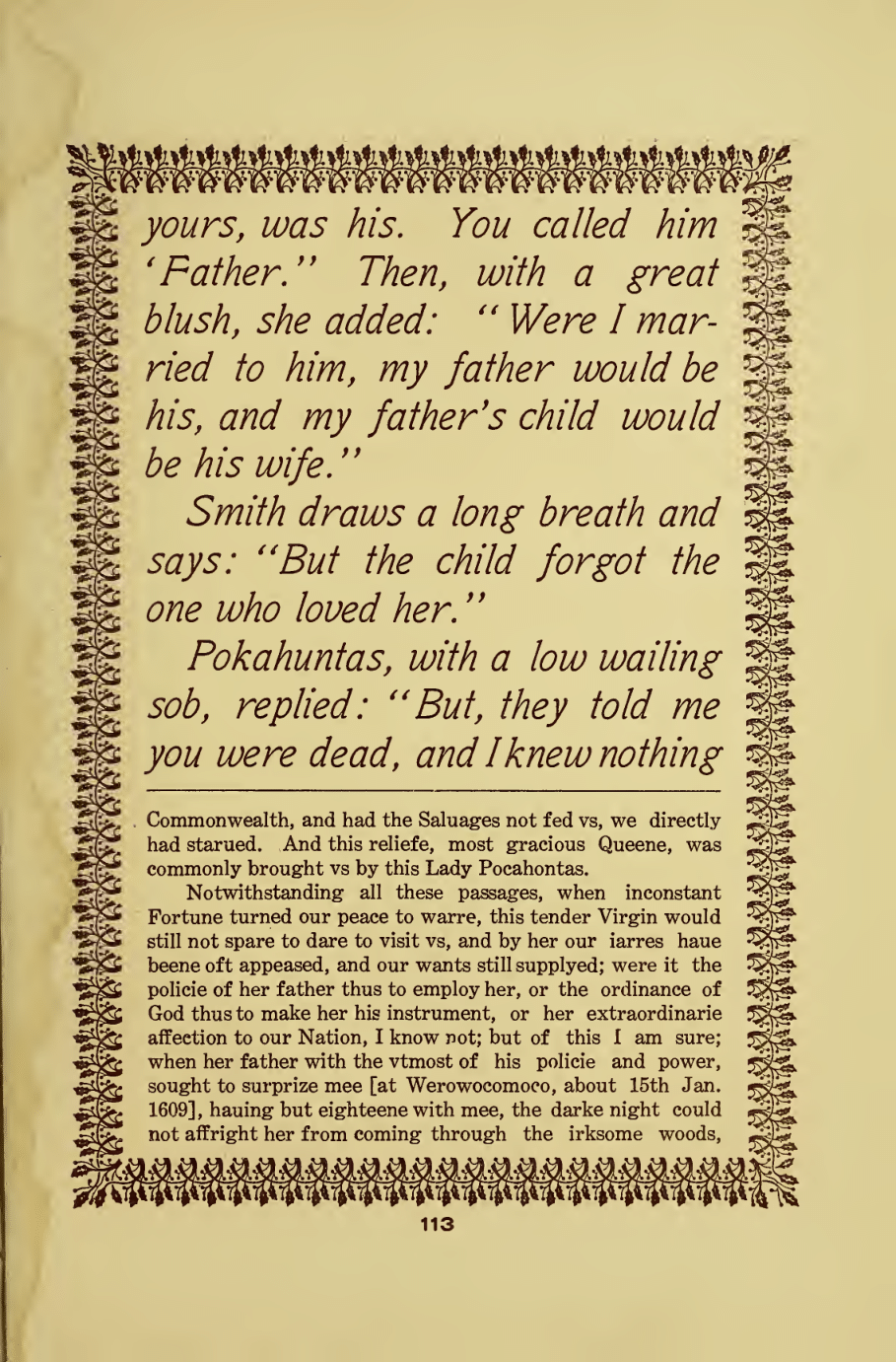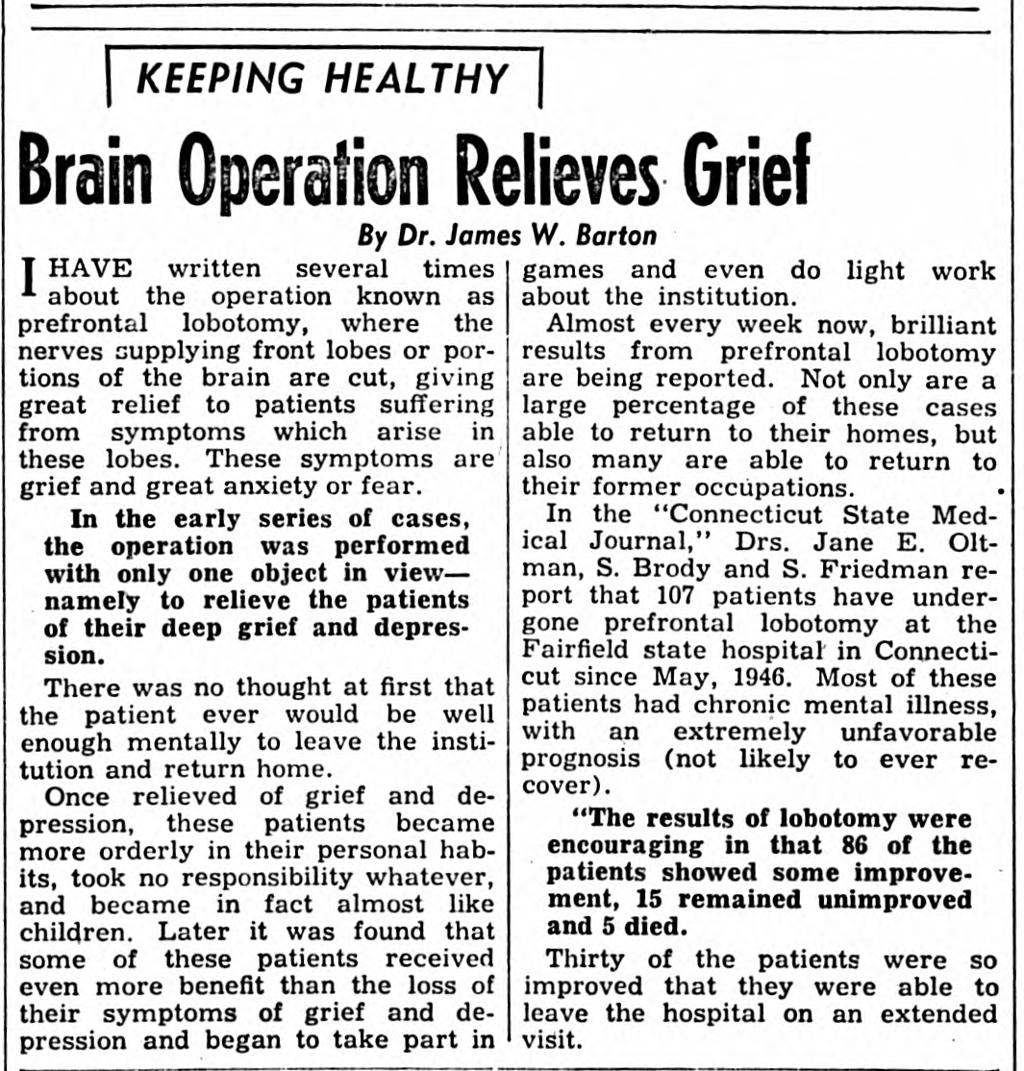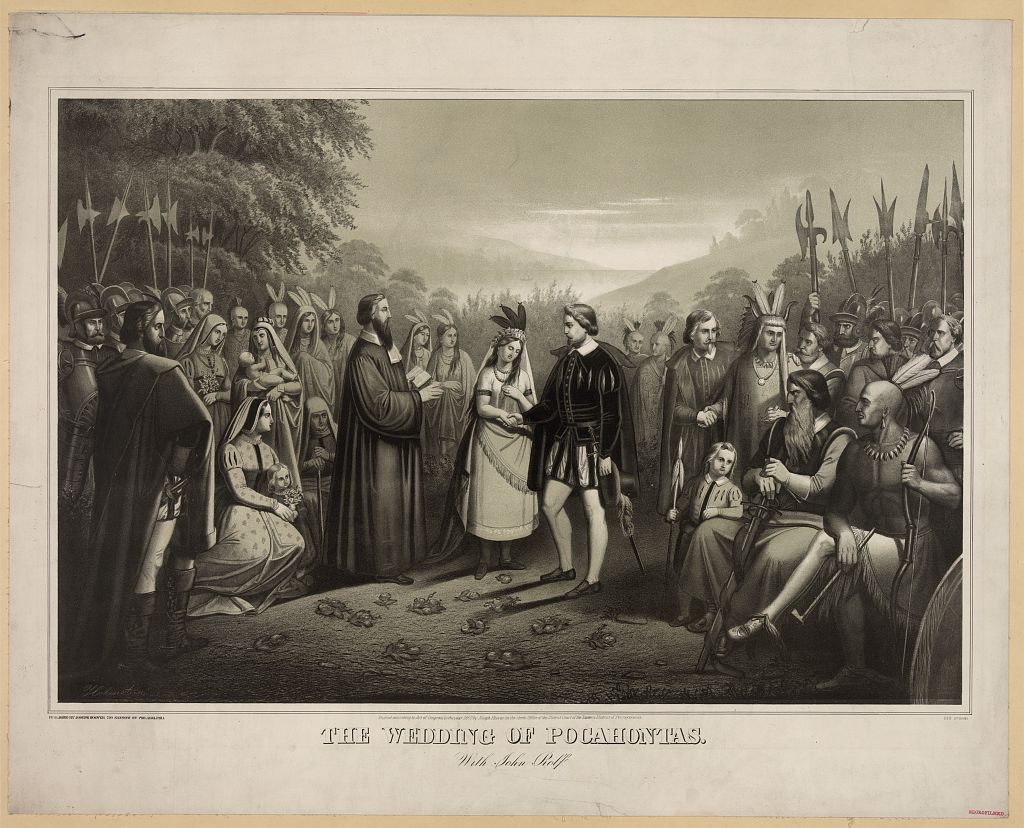By: Joseph Skotzke
Today, there is a lot of trepidation when it comes to using modern media in the classroom - how can you account for inevitable biases? How can you ensure that all your students have access to the same material? How can you be sure that this material is even truthful? With the so-called barrage of "fake-news" being thrown around, it can be difficult to assess what is true and what is fake - even as an adult! Imagine how much more difficult it must be for our students!
Typically, I provide the same mantra: "just follow its sources!" as a way to identify an article's legitimacy. Being able to recognize when a source is less than reliable is an essential skill that our students must practice. Not only does it improve their ability to think critically about material, but it also enhances their ability to compose literature that is factually sound. Typically, it's good practice to get as close to the "source" of the material as possible; it's why we love primary sources so much. But herein also lies the problem. What do you do when those primary sources are wrong?
Lately, I have been considering an activity that I performed with my American Literature students regarding the story of Pocahontas. Now, due to the Powhatan Confederacy's primarily oral traditions, there are very few accounts of Pocahontas that can be considered verifiable primary sources, even fewer belonging to her own people. Most accounts come from the Englishmen, the most notable of which being that of John Smith. In a letter to Queen Anne of England, Smith outlines the manner in which Pocahontas saved him, married the Englishman John Rolfe, and became among the first Native American converts to Christianity. She does this, he claims, with an open heart and a desire to bring this newfound religion back to her own people. This, too, is the claim with which most Americans are familiar. John Smith's letter is well-known and well-documented. In total, this letter appears nearly a dozen times throughout the digital collections of the Library, showing its absolute prevalence.
Immediately, my students questioned the validity of this document, but perhaps not the part I wished them to question. John Rolfe's situation within the story is immediately called into question, as it does not match the narrative with which my students are familiar. Most know the story of Pocahontas through the 1995 Disney adaptation, and are much more familiar with her supposed relationship with John Smith himself. While Disney popularized this version of the story, they did not invent it. Library collections contain a retelling of John Smith's letter which appears in Pokahuntas: Maid of Jamestown. This book suggests an intimate relationship between the two as early as 1907. In truth, this apocryphal relationship may originate as early as 1805 with John Davis's publication, Captain Smith and Princess Pocahontas: an Indian Tale.
 Green, Anne Sanford. Pokahuntas, maid of Jamestown. Culpeper, Va., The Exponent press, 1907. Pdf. Retrieved from the Library of Congress, <www.loc.gov/item/07020632/>.
Green, Anne Sanford. Pokahuntas, maid of Jamestown. Culpeper, Va., The Exponent press, 1907. Pdf. Retrieved from the Library of Congress, <www.loc.gov/item/07020632/>.
Yet, there is much more to doubt in the validity of John Smith's account, far more than what our students have been led to question. An article written by Indian Country Today titled "The True Story of Pocahontas: Historical Myths versus Sad Reality" disputes much of the information within the account. When my students are asked to read the letter again, but this time examine it with scrutiny, the devil within the details becomes more clear. John Smith benefits socially and politically through the exploitation of the young Native American girl's story, along with all the Englishmen that held her prisoner before her marriage to John Rolfe. Keeping Pocahontas as an essential political prisoner allowed them protection and cooperation from the Powhatan Confederacy. For hundreds of years, this likely false account provided by Smith has been the basis by which relationships between Native peoples and the colonists have been formed, yet it's a basis that is built on deception.
But this is just one of many examples of mistruths that have been perpetuated throughout American history. Consider the following two examples:
-

Browning Chief. (Browning, MT) 4 Feb. 1949, p. 2. Retrieved from the Library of Congress, www.loc.gov/item/sn85053044/1949-02-04/ed-1/.
-

Evening Star. (Washington, DC) 6 Aug. 1945. Retrieved from the Library of Congress, www.loc.gov/item/sn83045462/1945-08-06/ed-1/.
The image on the left shows an article written in 1949 which highlights the medical benefits of the prefrontal lobotomy. This medical procedure, which is considered barbaric and mutilating today, took the nation by storm in the 1940s. Tens of thousands were lobotomized in an effort to cure ills such as mania, depression, and in some cases, cancer. Even Rosemary Kennedy, sister to President John F. Kennedy, was lobotomized in 1941 and institutionalized for much of her adult life. The image on the right displays a statement given by President Harry Truman following the deployment of the atomic bomb on Hiroshima, a "military base." Now, there is little doubt Hiroshima provided extensive military support and aid to the Japanese forces, but the language intentionally removes civilian presence. This would be of vital importance since the bombing of Nagasaki would occur just three days later. Thousands of civilian lives were lost.
My point is two-fold. The latter of these documents provides a purposefully misleading statement: President Truman strategically underplayed the civilian presence in Hiroshima because he knew of the retaliation he might receive from the American people if he told the truth. In the former, Dr. Barton sang the praises of the pre-frontal lobotomy because he genuinely believed that it was improving the state of the world. One provides an intentional misdirection, while the other is a failed grasp at knowledge. However, the effect is the same. When both are presented as true to the people of that time, they are accepted into the practices of that age. If a parent with a suffering child read Dr. Barton's article and accepted it as true, how could they be blamed for the decision to lobotomize their child? They have trusted in the medical expertise of practiced doctors, as we are often asked to do - how were they to know that they were contributing to one of the greatest streaks of medical malpractice?
Both lies were, at one point, the nation's truth. As such, both lies have dealt harm of an irreparable nature. Yet, they offer an important entry point when it comes to the practice of questioning primary source material. It allows us to ask questions like:
- How do these documents contradict what we know today?
- Did people question the authenticity of these documents at the time of their creation?
- What events occurred as a result of this misinformation?
- Is this untruth a logical result of someone else’s deception?
- What would the author have to gain from their lie?
We cannot provide a student with a primary source document and have them assume it to be true because of the nature of the document. This will never be the case. So long as a document contains human influence, it can never be strictly, objectively true. It will contain bias in language, even word choice. It will contain errors and lapses in knowledge, presenting only the details that were known at the time. It will fail to provide all the necessary context, as no document could ever fully be contextualized. When teaching with primary sources, it is important we seek out truth and question their words with as much scrutiny as we might in today's media-rich world.
It's important to remember that the documents that emerge today are tomorrow's primary sources. So while we fight to seek truth, it's important to move forward with the knowledge that what we presently accept as true may be considered misinformation tomorrow. It's not an excuse for ignorance - it's a call to action, a call to try to understand the world as we see it, but to come to know it as others have, too.
